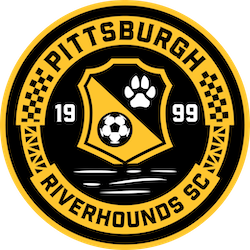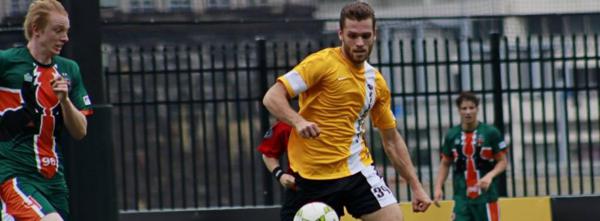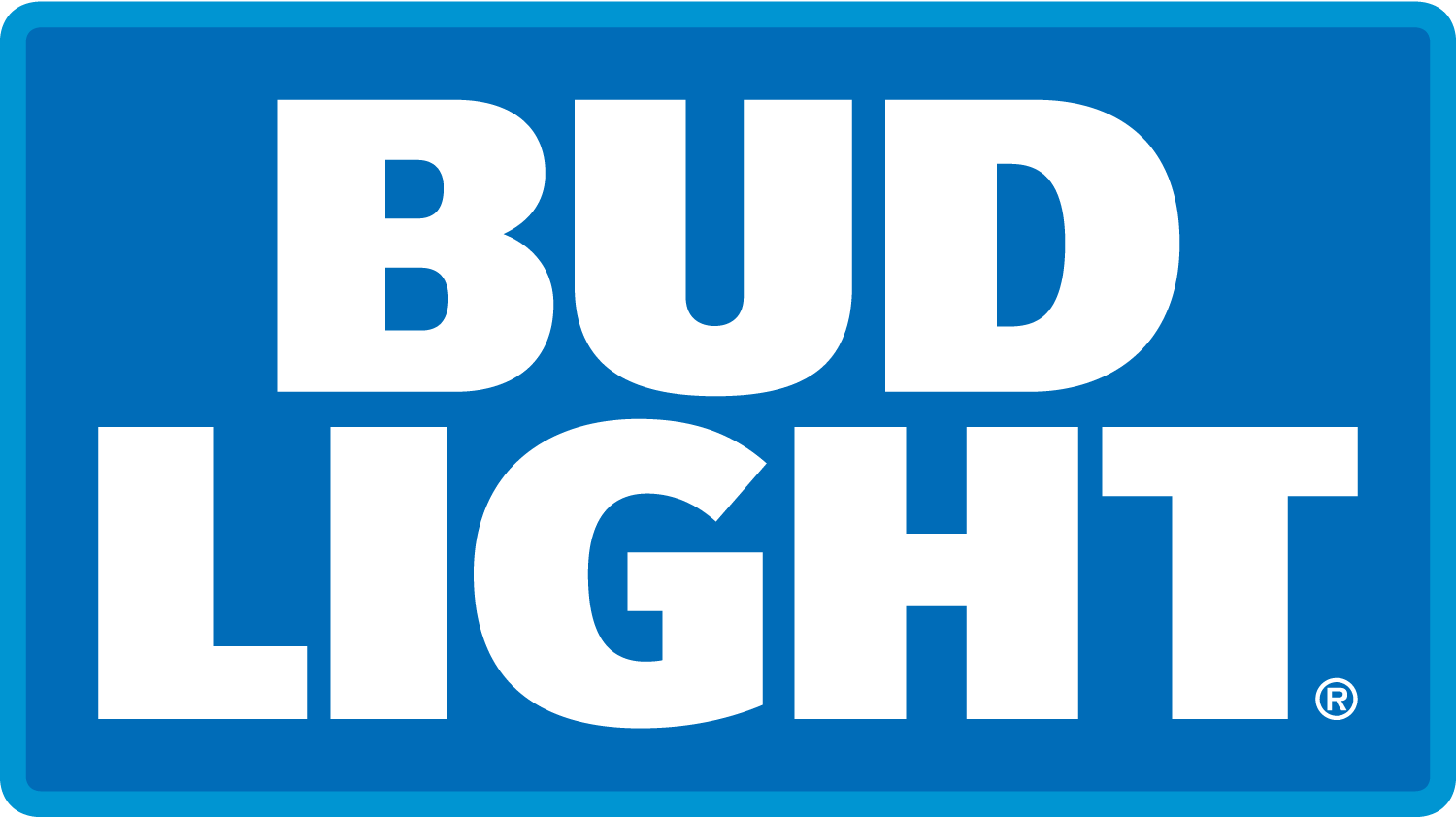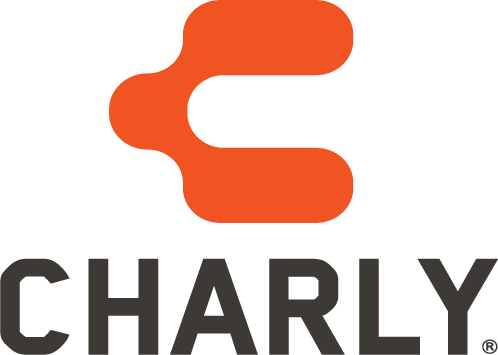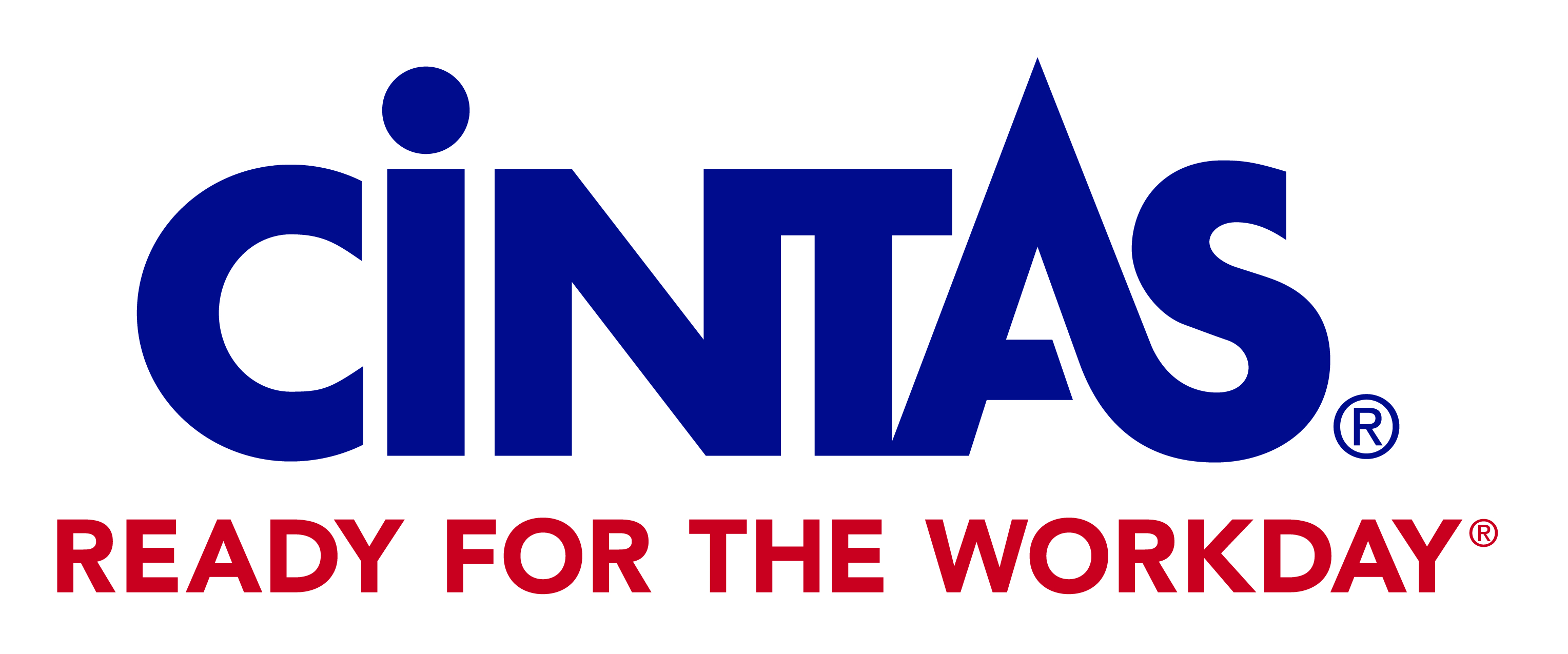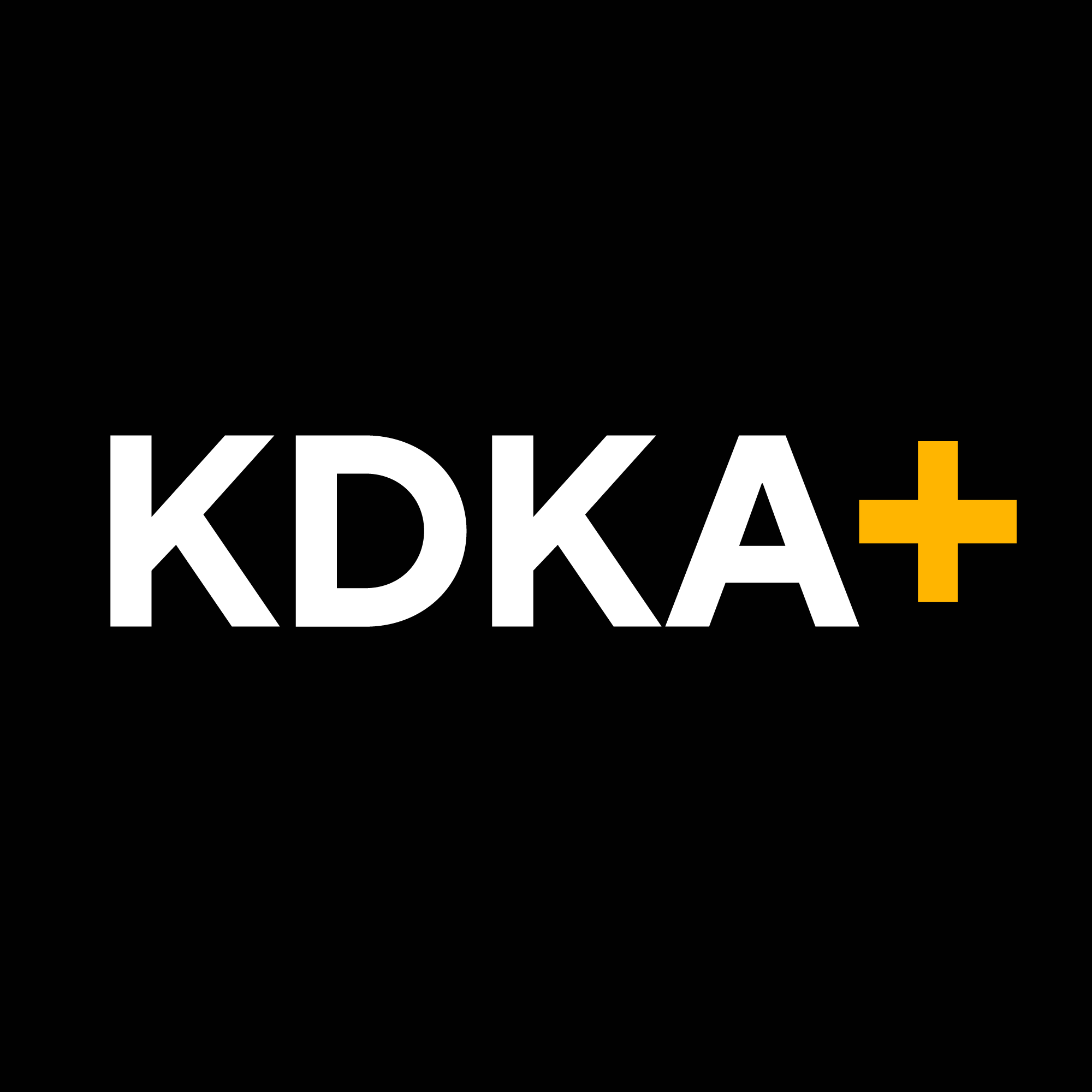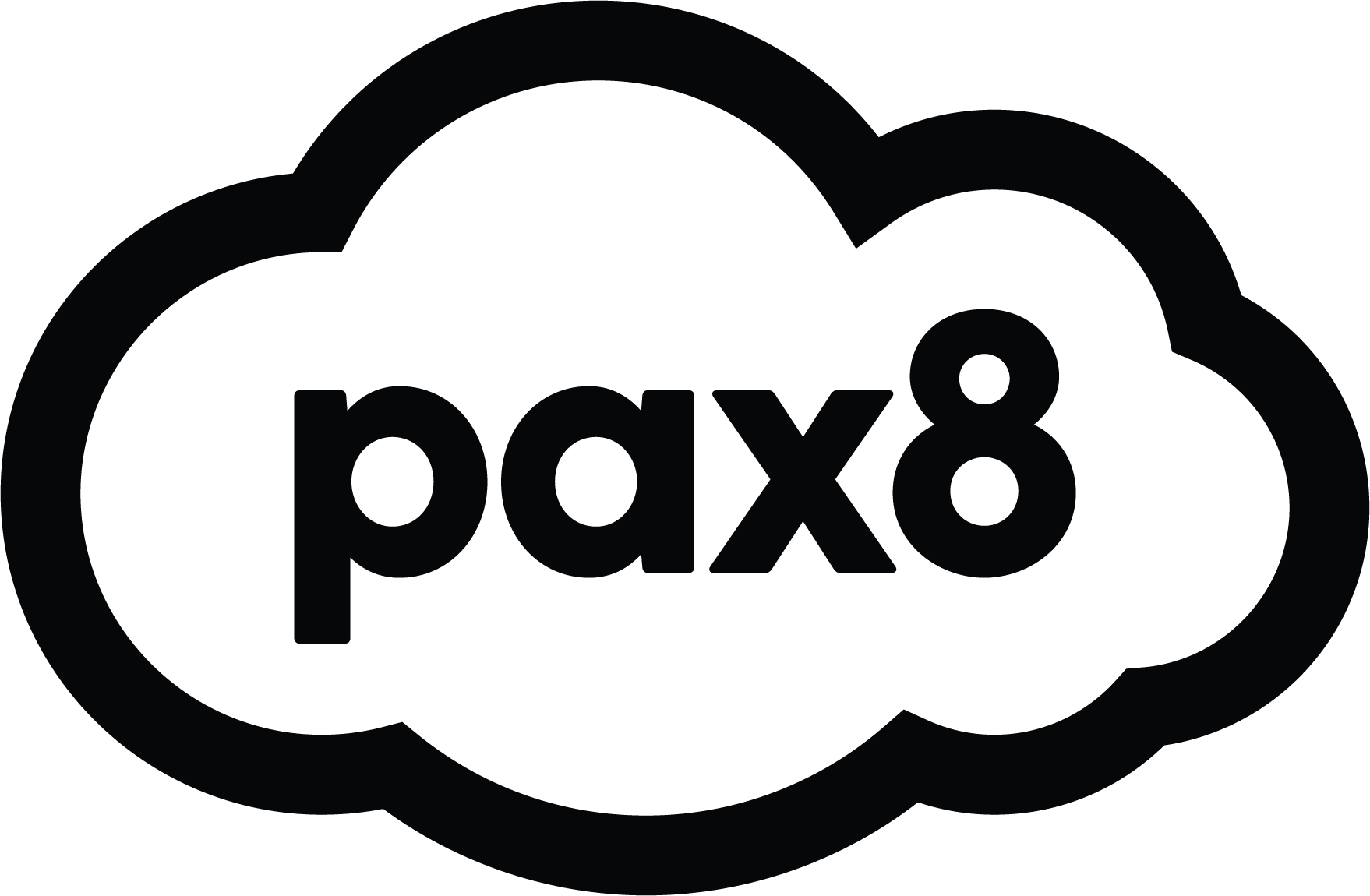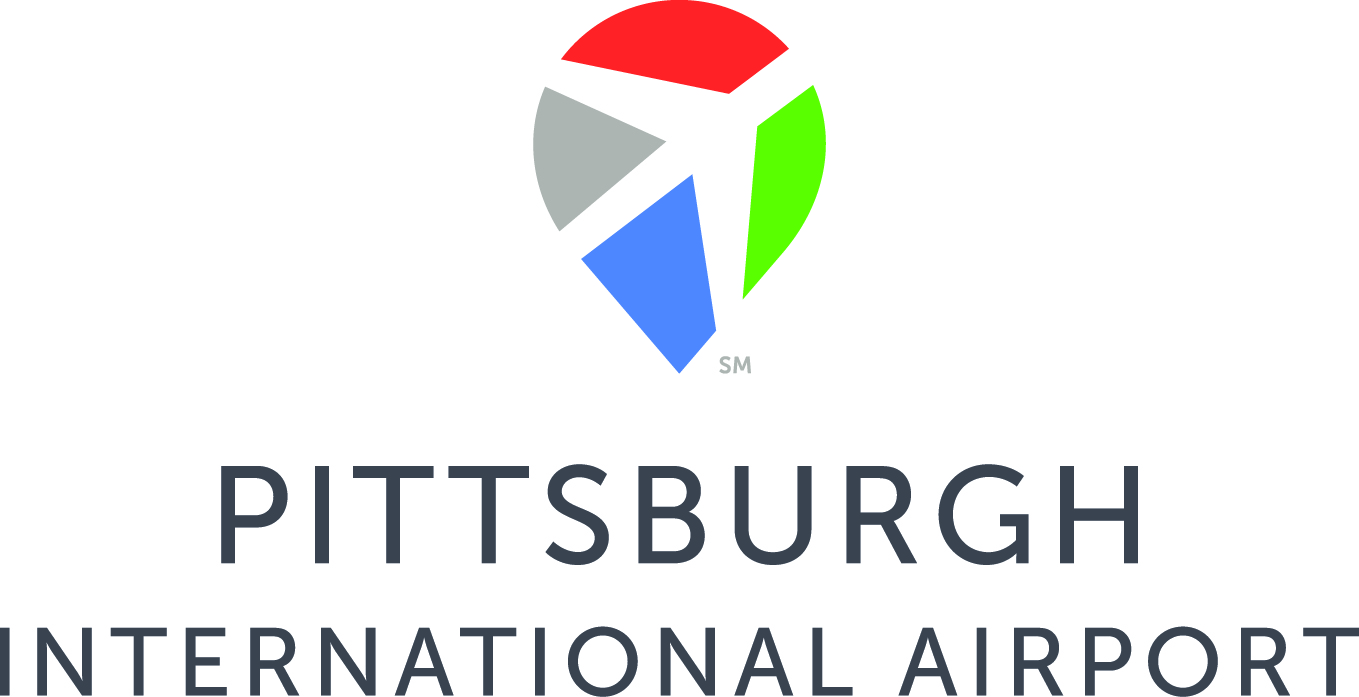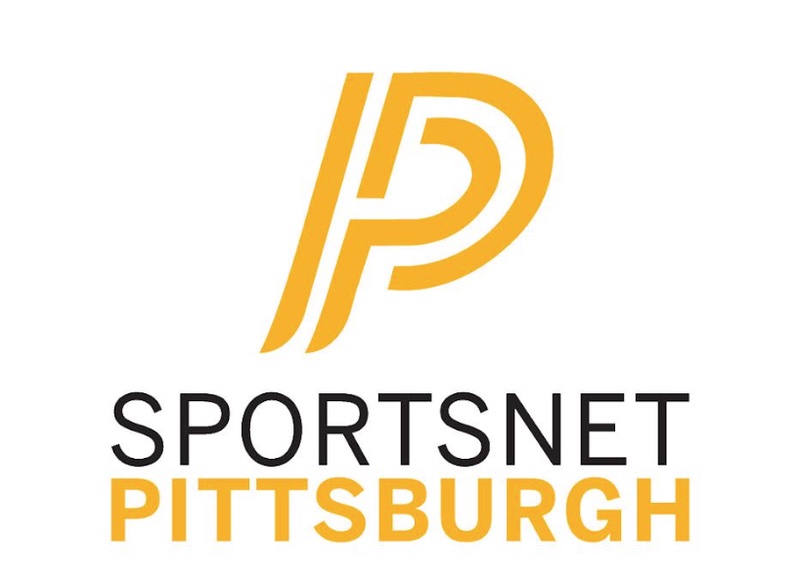PITTSBURGH (May 6, 2016) – With their summer seasons quickly approaching, the U-23 Riverhounds, as well as the Riverhounds Development Academy teams in the Super Y League, enter play with fresh, new approaches.
Pro Development League
On the U-23 side, the Hounds have turned their attention to two main player classifications: those developed locally and those participating on local college teams.
Entering their third season as part of the top pro development league (PDL) in the country, the Hounds’ PDL franchise has traditionally brought in players from a variety of collegiate programs, both regionally and nationally. The shift in focus exemplifies a sign of the times nationwide, with professional clubs in the United States putting a greater emphasis on the ‘homegrown player’ concept at the PDL-level.
Competing in the Great Lakes Division, the Hounds have faced some of the top programs in North America, with the division producing three of the past four PDL National Champions. Additionally, since just 2013, the U-23 squad has successfully seen six of its players advance to sign professional contracts including three with MLS clubs and three with the Pittsburgh Riverhounds professional team.
The homegrown approach has already proven to pay dividends as the Riverhounds Development Academy (RDA) will graduate its first-ever boys team this June. Since 2007, the club has also provided excellent developmental opportunities for many local players who participated in its training-only Academy. Further, the club has a pool of quality, younger players developing through the RDA’s current Under-15 and 16 age groups. From these three subsets, there is an opportunity to test players against the highest standard of professional prospects.
“For the Riverhounds, the only PDL results that matter lie in player development,” stated sporting director Jason Kutney. “We will be able to provide training and competition to our own Academy players, competing against professional prospects from around the world, to better prepare them for college soccer and potentially beyond.”
Recently appointed PDL Head Coach James McCaig has assembled an initial 26-man roster that includes players from most of the area’s major universities as well as youth players who have developed through the Riverhounds Academy.
“PDL offers a proven path to professional soccer, so our commitment is to serve amateur players coming up through the area and those continuing their careers in local schools,” McCaig said.
The 2016 USL PDL season kicks off later this month on May 25. For a look at the Hounds’ PDL schedule, click here.
Super Y League
Entering their second year in the USL Super Y League, the Riverhounds Academy directors made a decision to take a more progressive approach toward the environment created for its youngest players. This decision was to manage the summer program in a way that would replicate what players might experience in national team camps or at the professional level.
The RDA boys will compete in the Under-12 and Under-14 divisions of the Mid-Atlantic Conference. Primarily drawing upon boys born in 2004 and 2005 for Under-12 and 2002 and 2003 for Under-14, this will ultimately create pools of approximately 30-35 players per age grouping. The player pool approach will enable staff to force players out of their comfort zones, asking boys to play older, in some cases two to three years older. It will also provide flexibility in the combination of players in each gameday roster, with boys stepping on the field next to teammates they are not fully familiar with.
Academy coach Dave Nicholas believes the environment is the most essential piece of the puzzle for players of this age.
“Young players want to pushed and treated like pros,” Nicholas said. “These boys watch matches on television constantly, and while they dream of playing at that level, they need guidance from others who understand the path to that level, the challenges on that path, the high ups and deep downs of that path.”
The RDA coaches will also manage elements of player participation, such as games started, matches played, and substitution opportunities, to clearly understand how players respond to different challenges.
According to Kutney, the decision to move in this direction has implications on future league initiatives for the club.
“The Super Y League offers us a means of laying the foundation upon which we will build a new platform of player management,” Kutney said.






























































































































































































































































































